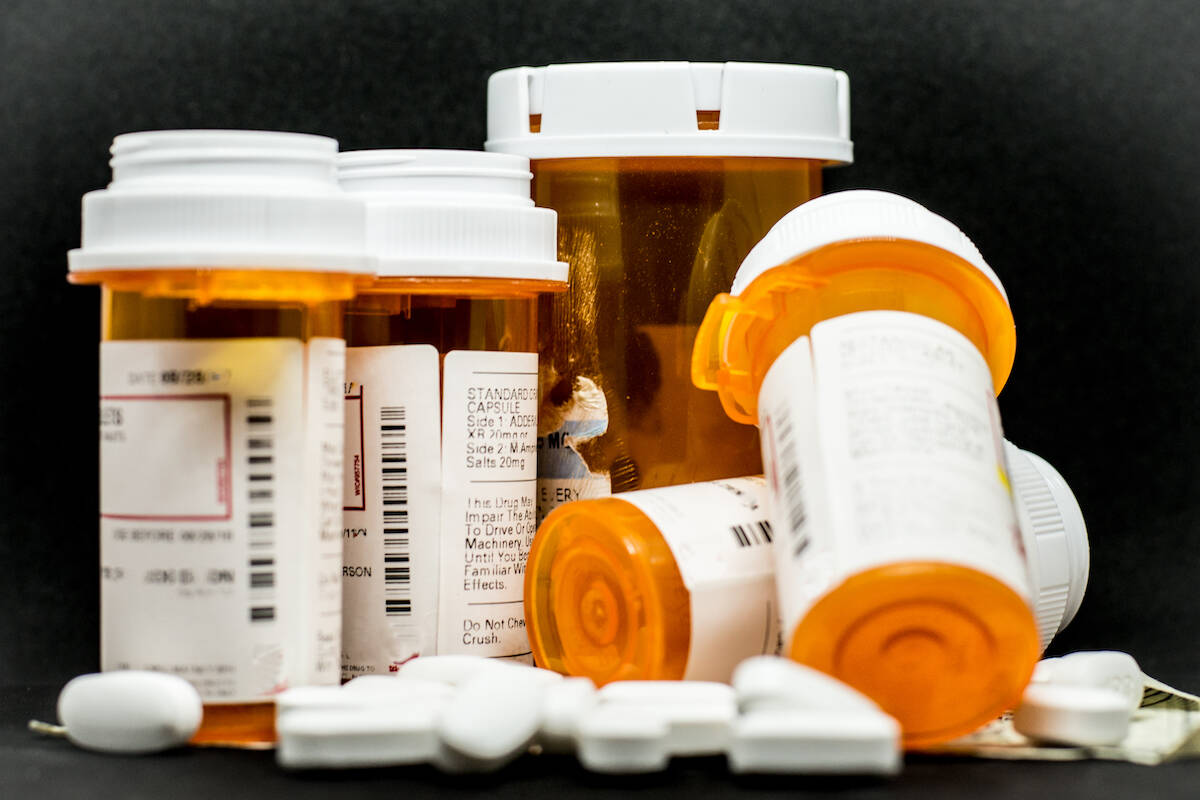COMMENTARY: Drug price controls lead to higher costs, fewer choices
The Biden administration last week announced its first round of price caps on prescription drugs. Democrats declared it a victory for patients. However, neither the price controls nor other drug provisions under the 2022 Inflation Reduction Act are anything to celebrate.
The primary goal of the IRA drug provisions was to save the federal government money to fund other priorities. The policymakers who crafted the law also advertised it as a means to make medications more affordable. The actual outcome, however, has been higher out-of-pocket patient costs and the promise of a future with less innovation and fewer new treatments.
Moreover, the law does nothing to address the real drivers of high prescription drug costs — the industry middlemen known as pharmacy benefit managers, or PBMs.
When President Joe Biden signed the IRA, the White House and its allies told Americans it would reduce Medicare costs for seniors. They had a plan: The law caps out-of-pocket prescription drug spending at $2,000 yearly and limits annual increases in Part D drug-coverage premiums to 6 percent.
Despite these assurances, seniors’ out-of-pocket costs are increasing precisely because of the IRA provisions, which also reduce the choice of available drug-coverage plans.
Independent studies have been warning policymakers and patients about premium hikes. For example, the Kaiser Family Foundation found that premiums for stand-alone drug plans increased by 21 percent this year and could spike again next year. In a study in June, health care consultant Milliman predicted that out-of-pocket costs for the 3.5 million American seniors who use the Medicare Part D program will rise by 12 percent in 2026. These forecasts are starting to come true, and policymakers are unlikely to change course.
Complicating matters is the reduction in available Part D plans. When the Medicare prescription drug benefit launched in 2006, more than 1,400 plans were available. Today, the program offers fewer than half that. Last year, nearly 100 plans disappeared, leaving seniors with fewer options. The situation is particularly dire for low-income enrollees, who have seen the availability of zero-premium plans decline by 34 percent since last year.
Then, there’s the loss of innovation that threatens everyone’s future health.
The new price caps slash drug developers’ income. That leaves less money for them to reinvest in finding cures — and drives away the investors crucial to getting new life-science companies off the ground. A University of Chicago study of a price control bill very similar to the one in the IRA found that it would reduce the number of drugs that come to market in the next 15 years by 135.
The culprits behind high drug prices are PBMs, entities designed to negotiate with pharmaceutical companies on behalf of insurers. They make part of their income from percentage-based discounts and rebates provided by drugmakers. This leads to a perverse market structure that incentivizes the PBMs to push higher-priced drugs at insurers and patients, and it puts upward pressure on drug prices as the PBMs demand ever-larger discounts. Policymakers could increase drug affordability for patients by tackling PBMs.
The IRA promised to reduce the cost of prescription drugs. Instead, it’s increasing household expenses, reducing choice and diminishing the number of available cures. Lawmakers owe Americans a better option.
Peter J. Pitts is president of the Center for Medicine in the Public Interest. He wrote this for InsideSources.com.






















